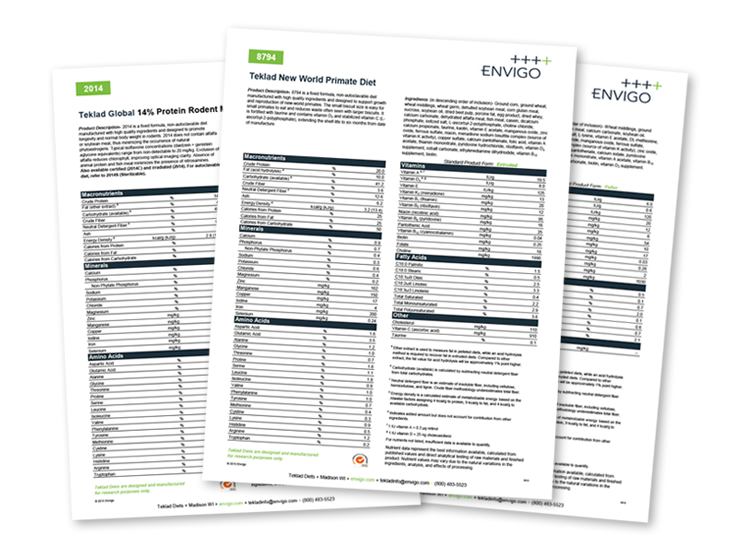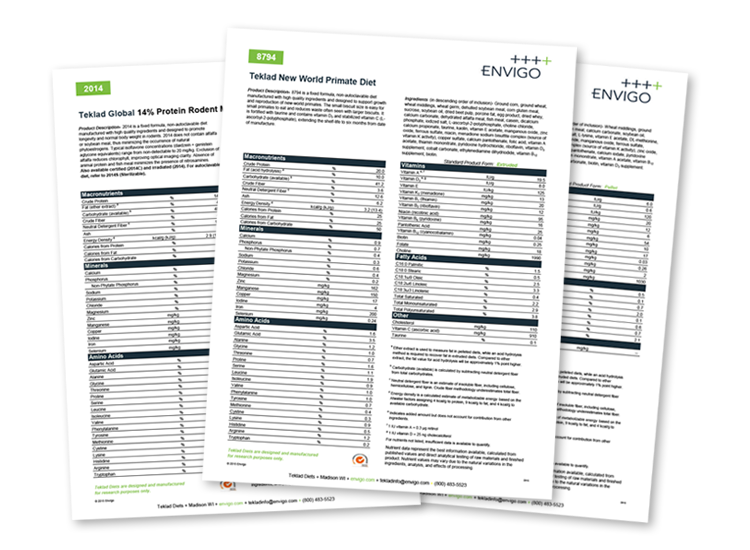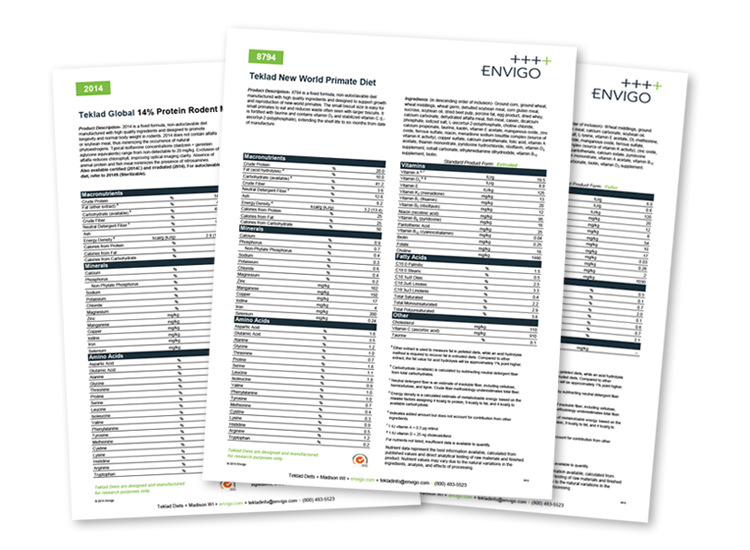Key points from literature
- Length of treatment varies from one to two weeks1,2,5,6,7,8 to one to two months3,4,8
- Pure tamoxifen1,5,8 and tamoxifen citrate1,2,3,4,6,7 are both effective
Usual tamoxifen doses are ~40-80 mg per kg body weight per day
- Typical inclusion for pure tamoxifen is 250 mg8 or 500 mg1,5 and for tamoxifen citrate is 400 mg per kg diet1,2,3,4,6,7
- Initial weight loss of ten % is reported1,2,4,7,8, associated with reduced food intake2
- Subsequent recovery of body weight after returning to regular diet may be compromised by gene inactivation2,7
Selected tamoxifen references
1 Andersson KB, Winer LH, Mork HK, Molkentin JD, Jaisser F. 2010. Tamoxifen administration routes and dosage for inducible Cre-mediated gene disruption in mouse hearts. Transgenic Res 19:715-725.
2 Chiang PM, Ling J, Jeong YH, Price DL, Aja SM, Wong PC. 2010. Deletion of TDP-43 down-regulates Tbc1d1, a gene linked to obesity, and alters body fat metabolism. Proc Natl Acad Sci USA 107:16320-16324.
3 Kardakaris R, Gareus R, Xanthoulea S, Pasparakis M. 2011. Endothelial and macrophage-specific deficiency of P38alpha MAPK does not affect the pathogenesis of atherosclerosis in ApoE-/- mice. PLoS One 6:e21055.
4 Kiermayer C, Conrad M, Schneider M, Schmidt J, Brielmeier M. 2007. Optimization of spatiotemporal gene inactivation in mouse heart by oral application of tamoxifen citrate. Genesis 45:11-16.
5 Koitabashi N, Bedja D, Zaiman AL, Pinto YM, Zhang M, Gabrielson KL, Takimoto E, Kass DA. 2009. Avoidance of transient cardiomyopathy in cardiomyocyte-targeted tamoxifen-induced MerCreMer gene deletion models. Circ Res 105:12-15.
6 Kratsios P, Catela C, Salimova E, Huth M, Berno V, Rosenthal N, Mourkioti F. 2009. Distinct roles for cell-autonomous Notch signaling in cardiomyocytes of the embryonic and adult heart. PCirc Res 106:559-572.
7 Miro-Murillo M, Elorza A, Soro-Arnaiz I, Albacete-Albacete L, Ordonez A, Balsa E, Vara-Vega A, Vazquez S, Fuertes E, Fernandez-Criado C, Landazuri MO, Aragones J. 2011. Acute Vhl gene inactivation induces cardiac HIF-dependent erythropoietin gene expression. PLoS One 6:e22589.
8 Welle S, Burgess K, Thornton CA, Tawil R. 2009. Relation between extent of myostatin depletion and muscle growth in mature mice. Am J Physiol Endocrinol Metab.Oct;297(4):E935-40.








